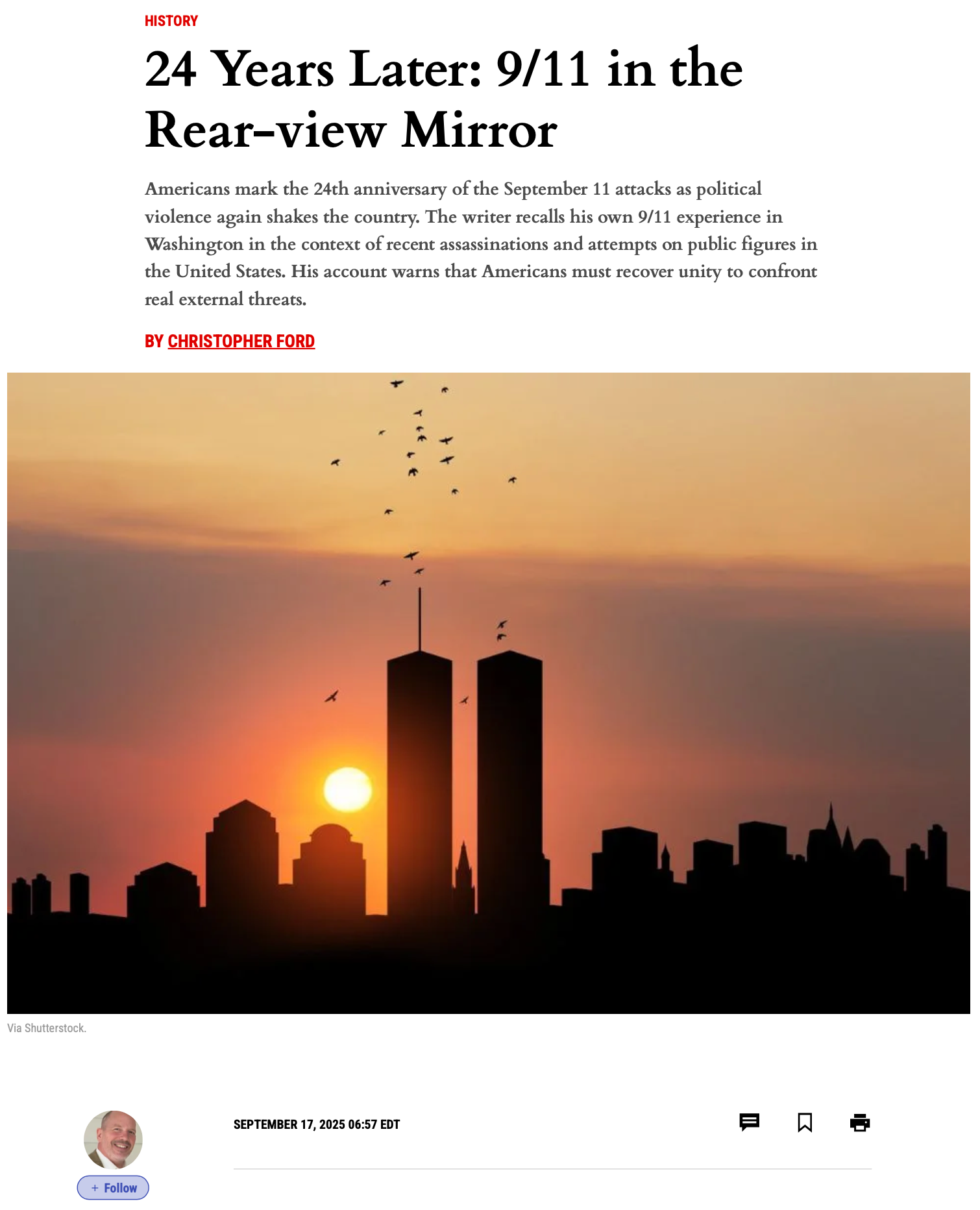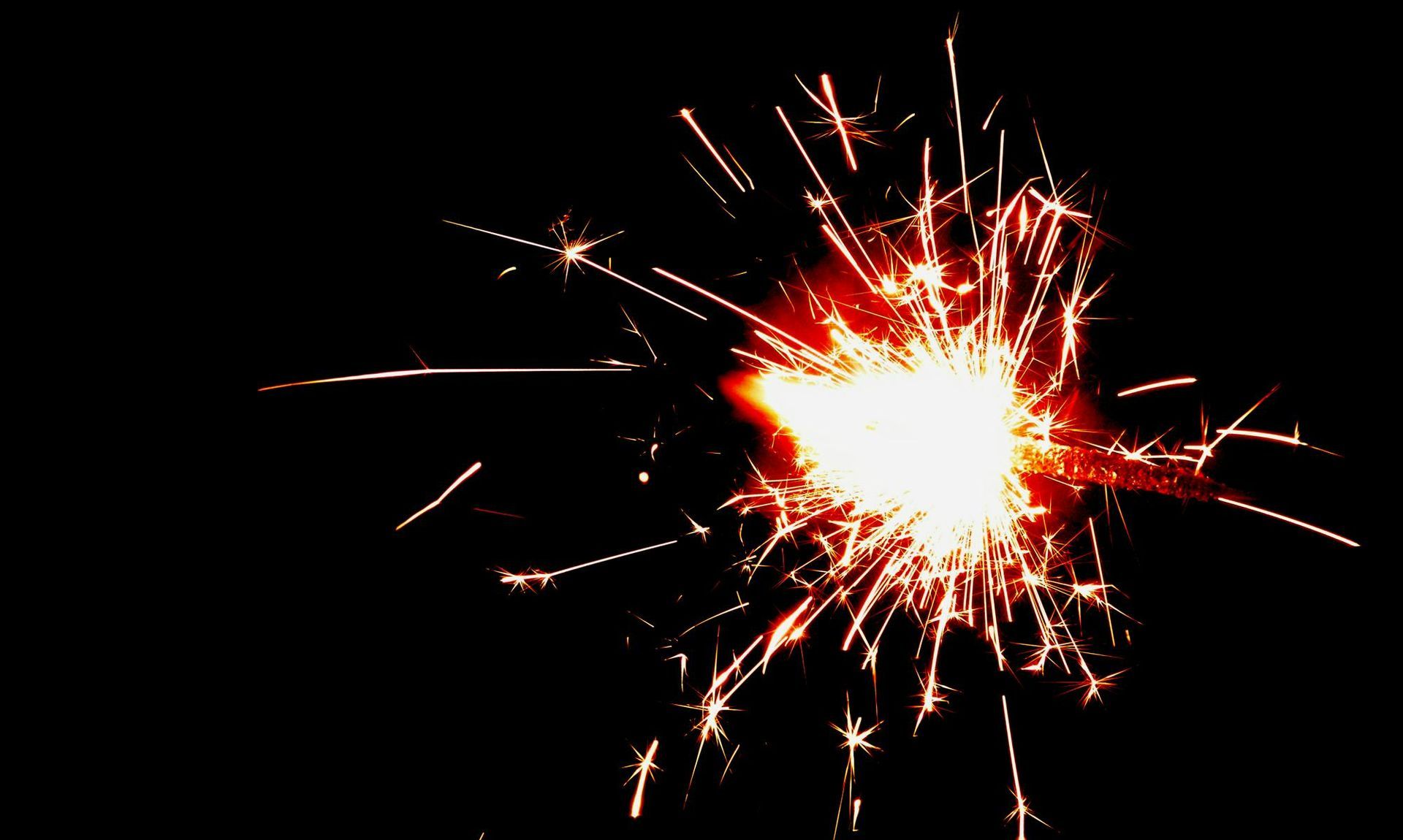Nuclear Risks in the Indo-Pacific
Below are the remarks Dr. Ford delivered (virtually) to a conference in Beijing on June 12, 2025, sponsored by the Asia-Pacific Leadership Network (APLN) and the Grandview Institution.
Good day, everyone. I am pleased to have the chance to speak with you, though of course disappointed that I wasn’t able to get a visa in order to travel to Beijing in person. While I can only offer my personal perspective – and you certainly shouldn’t take anything I say here as necessarily representing the views of anyone else – I am glad we can have this discussion.
It is certainly the case that nuclear risks in the Indo-Pacific are considerable, and I fear they are growing. Let me mention three of the sources of such risk, and then suggest four things that might help reduce these risks.
Growing Threat of Great Power Aggression
I think the most likely scenario for a nuclear war is not the kind of bolt-out-of-the-blue preemption scenario that Cold War strategists worried so much about. Instead, it’s the escalation to nuclear use from a conventional conflict involving nuclear-armed powers.
And in that sense, the major risk of nuclear conflict stems from the fact that after some decades of relative strategic stability, two of the three great power nuclear-weapons possessors of the 21st Century are once again preparing for – or are already engaged in – 19th-Century-style games of regional military aggression, intimidation, and territorial expansion.
Russia has led the way in this respect, of course, but China is also creating similar risks in the Indo-Pacific as it expands into – and militarizes – areas claimed by other countries in the South China Sea, as it gradually expands the territory it controls in the Himalayas, and as it prepares for the possibility of invading and conquering the thriving democracy in Taiwan next door. It is this apparent thirst for expansion and regional control that I believe creates the greatest risk of multi-party conventional war in the region, and hence also the greatest risk of nuclear escalation with the United States.
Nuclear Build-Up
The second – related and overlapping – factor increasing nuclear risks in the Indo-Pacific is the scope and scale of China’s huge nuclear weapons build-up. Beijing still doesn’t publicly admit that it’s doing this, but China is now on track to have around 1,500 operationally deployed nuclear warheads by 2035. That means approximate nuclear parity with the United States, and also with Russia, and it would represent a huge proportional increase in the number of nuclear weapons in the world.
This nuclear build-up, moreover, seems not just destabilizing but needless.* Thanks to Beijing’s ongoing build-up of its conventional military power, this nuclear buildup is occurring at a time in which China faces the lowest level of relative military threat that it has seen since the early 19th Century. In fact, China’s conventional forces are probably today more powerful, relative to any conceivable outside power, than they have been at any point since the years of the Qianlong Emperor.
Thanks to decades of post-Cold War nuclear reductions by the United States and Russia, moreover, the specifically nuclear threats China arguably faces are also now at their lowest, relatively speaking, than at any other point in the PRC’s history. The ratio of Chinese nuclear weapons to non-Chinese nuclear weapons has never been higher, and this was true even before Beijing’s huge new nuclear buildup began several years ago.
China’s nuclear weapons building spree is increasingly presenting both the United States and the Russian Federation with an historically unprecedented “two-peer problem” of having to posture for deterrence against two nuclear-armed great power challenges at the same time.** This increases nuclear risks directly, and it is also accelerating pressures upon both Washington and Moscow to build and deploy more nuclear weaponry themselves.
Proliferation Pressures
And it is probably not just Washington and Moscow that feel such pressures, for a third nuclear risk factor stems from the pressure that China’s military buildup and territorial expansionism is placing upon the nonproliferation regime, by giving China’s neighbors increasing incentive to develop their own nuclear weaponry. These pressures are particularly acute today in light of the Second Trump Administration’s weakened commitment to America’s alliance with NATO, which may be confronting our Indo-Pacific allies with what probably feels like an unprecedented incentive to suspect that indigenous nuclear weaponization could be their last, best hope to deter being coerced into becoming vassal states of the Middle Kingdom.
Historically, after all, U.S. military strength and alliance relationships have been powerful nonproliferation tools because they have served to obviate any perceived need by a number of America’s friends and allies to develop nuclear weapons themselves. Ironically, U.S. strength and alliance relationships have thus tended also to be in the interest of America’s strategic adversaries, because that U.S. strength and those alliances prevent our adversaries from having to face additional nuclear-armed opponents in their respective regions.
And, as any student of history will know, this is not at all a merely hypothetical point. U.S. security relationships and diplomatic pressure are what persuaded Taiwan to stop its own nuclear weapons program in the late 1980s. They are also what persuaded South Korea to abandon such efforts in the 1970s. Chinese strategists forget these lessons of history at their peril.
As you will all know, were leaders in Tokyo and Seoul, for example, to decide that proliferation pressures had become intolerable, it would hardly be difficult for them to take the kind of nuclear weapons path that we Americans talked a number of our friends and allies out of taking in the past.
Japan, for example, owns a staggering quantity of separated plutonium that as of 2023 amounted to 44.5 tons of material altogether, of which 8.6 tons were stored on Japanese territory. I’m no math whiz, but using the IAEA’s “significant quantity” figure of eight kilograms of plutonium per weapon, that 8.6 tons of plutonium on Japanese territory alone sounds like it could be turned into more than 975 bombs.
For its part, South Korea has a large and sophisticated nuclear power industry that in 2019 was the fifth-largest producer of nuclear energy in the world. South Korea has for years been requesting U.S. permission to develop plutonium reprocessing capabilities – in the form of so-called “pyroprocessing” – and South Korean scientists were also caught in undeclared small-scale enrichment experiments in 2004. So Seoul has, therefore, certainly not been entirely without interest in producing its own fissile material. To my knowledge, South Korea has not yet developed any local capacity to produce it, but it would surely not be too hard for it to separate plutonium from spent reactor fuel to produce weapons-usable material if it wished.
Moreover, both Japan and (especially) South Korea are developing increasingly sophisticated long-range missile capabilities. I can’t imagine that either of them would have trouble effectively delivering a nuclear weapon to China or North Korea if they possessed such devices.
The Common Denominator
So what is the common denominator of all these problems? I fear it is China. Between its expanding conventional military power, its threats against its neighbors, its nuclear buildup, and its continuing refusal to implement U.N. sanctions on the notably nuclear-risky regime in North Korea, Beijing’s policy choices lie at the center of nuclear risks in the Indo-Pacific.
What Can Be Done?
So what might be done to reduce nuclear risks most effectively? As noted, I’ll suggest four things.
- The first and most obvious solution to these problems would be to remove the common denominator of these nuclear risks by having China curtail its military and nuclear buildups and abandon its ambition to dominate its neighbors.
Short of that ideal solution, one can really only hope for much less effective, smaller measures. Such steps, however, might still be enormously valuable.
- Second, China should finally stop shunning arms control discussions with the United States, and should work with U.S. and Russian officials to develop a way forward in “trilateral” arms control, for which we in America have been calling for years.
- Third, all the powers of the Indo-Pacific should renounce the use of force to settle regional disputes – including forswearing any use of force to decide the future status of Taiwan – and they should take meaningful practical steps to demonstrate the sincerity of that pledge.
- Fourth, the United States and China should engage in broad risk-reduction talks in order to reduce the danger of unwanted or accidental escalation, and should develop and implement some modern analogue of some sort to the 1972 U.S.-Soviet Incidents at Sea agreement – a construct that it might also be very helpful, in light of China’s so-called “Grey Zone” provocations against several of its neighbors, to expand to include other countries as well.
That, at least, is my thinking at any rate. Thanks for listening.
—Christopher Ford
Notes:
* An additional complicating factor is that China is also quietly abandoning its longstanding pretense of having a “No First Use” (NFU) nuclear weapons policy, increasingly moving some of its forces into “combat readiness duty” (which seems effectively to be a Launch-on-Warning status) even while Chinese strategic writings signal Beijing’s willingness – as outlined in the 1994 People’s Liberation Army (PLA) document The Science of Second Artillery Operations – to “lower the nuclear threshold” and “actively carry out strong, forceful nuclear coercion” in response even to conventional attacks by a strong adversary. (If you’re willing to use nuclear weapons in response to a purely conventional attack, of course, you certainly don’t have a “no first use” nuclear policy.)
** This “two-peer” problem is most acute for the Americans, particularly because at the moment Russia and China seem to feel more antipathy towards us than toward each other. Nevertheless, such an alignment is historically anomalous, and no Russian can forget that Chinese nationalists still consider the Russian lands of Primorsky Krai – where Chinese penetration and influence is already growing fast – to be Chinese territory stolen from the Qing Dynasty during the 19th Century, during China’s so-called “Century of Humiliation.” Today, in fact, China’s vast population and resource-hungry economy sit across a long and poorly-defended border from the sparsely-populated and resource-risk expanses of the Russian Far East – even as China builds up both its conventional and nuclear military power to unprecedented levels and while the decaying Russian Federation struggles even to deal with the military problems presented it by Ukrainian resistance to Putin’s war of conquest. Moscow and Washington thus obviously both face formidable “two-adversary” challenges indeed.







